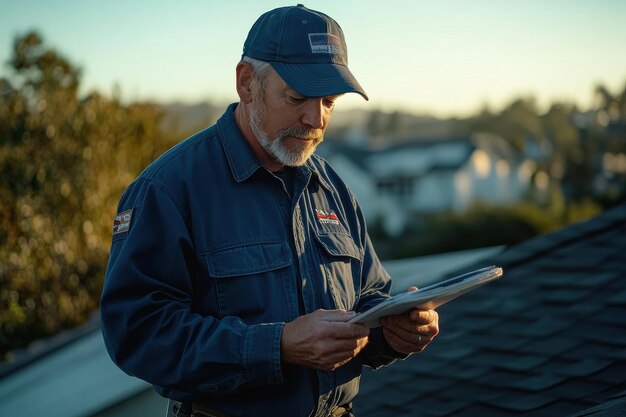Considering a Roof Replacement? Here’s What You Need to Know
A roof replacement is a significant investment that can enhance both the value and safety of your home. However, determining how much it will cost can be complex due to various factors. Here's an insightful overview to guide you through the process, ensuring that you're prepared financially and informed about your options.
Factors Affecting Roof Replacement Cost
1. Size and Complexity of Roof:
The larger and more complex the design of your roof, the higher the cost. Complex roof designs with multiple levels, valleys, and features tend to require more materials and labor.
2. Roofing Materials:
Material choice greatly affects cost. While asphalt shingles are generally more affordable, options like slate, metal, or tile can significantly increase the total expense.
3. Removal of Existing Roof:
If your existing roof needs removal, it will add to both labor and disposal costs. Some local building codes require complete removal and not just overlaying new shingles, particularly if there are multiple layers.
4. Labor Rates:
Labor costs can vary by region and the complexity of the job. It's crucial to obtain multiple quotes to ensure a competitive rate.
5. Roof Condition and Underlying Repairs:
If the underlying structure has issues, such as rotting or damage, those will need to be repaired or replaced, adding to the overall expense.
Average Cost Insights
In the United States, the average cost for a standard roof replacement using asphalt shingles ranges from $5,000 to $10,000. Higher-end materials, like metal or slate, can push this figure to $20,000 or more. Always obtain detailed estimates from multiple contractors to get a realistic picture of what you can expect for your specific needs.
Financial Options and Assistance
1. Home Insurance:
Check if your roof damage is covered under home insurance. If the damage is due to a covered peril, like a storm, your policy might significantly reduce your out-of-pocket costs.
2. Government Programs:
Several local and federal programs assist homeowners with necessary repairs. For example, the U.S. Department of Housing and Urban Development (HUD) offers repair grants and loans for eligible homeowners.
3. Financing Plans:
Most contractors offer financing plans, allowing you to spread the cost over time. Be sure to read terms carefully and understand the interest rates involved.
4. Home Equity Loans:
If you have sufficient equity in your home, a home equity loan or line of credit could be a cost-effective borrowing option.
5. Credit Card Solutions:
For smaller repairs, using a credit card with a long 0% interest promotional period can be a smart way to finance your roofing project without accruing interest, as long as you can pay it off within the promotional timeframe.
Exploring Educational Grants
While not directly related to home repairs, being aware of educational grants for energy efficiency can be advantageous. Programs may provide incentives for more energy-efficient installations, such as solar roofing, which can offset long-term expenses by reducing utility bills.
Your Path to a Secure and Financially Managed Roof Replacement
When facing a roof replacement, being informed and proactive about costs and financing can alleviate much of the stress involved. Exploring a range of financial options and assistance programs ensures you can manage this significant home improvement project wisely. Below are some programs and financial tools you might explore:
- 🏠 HUD Repair Grants/Loans: Assists with essential home repairs.
- 💳 0% APR Credit Cards: Manage short-term costs without interest.
- 💼 Home Equity Loans: Leverage home value for affordable finance.
- 🔄 Contractor Financing: Flexible payment plans offered by many contractors.
- 🌿 Energy Efficiency Grants: Incentives for sustainable and efficient roofing options.
By preparing thoroughly and using available resources, you can secure your home's future without undue financial strain.
